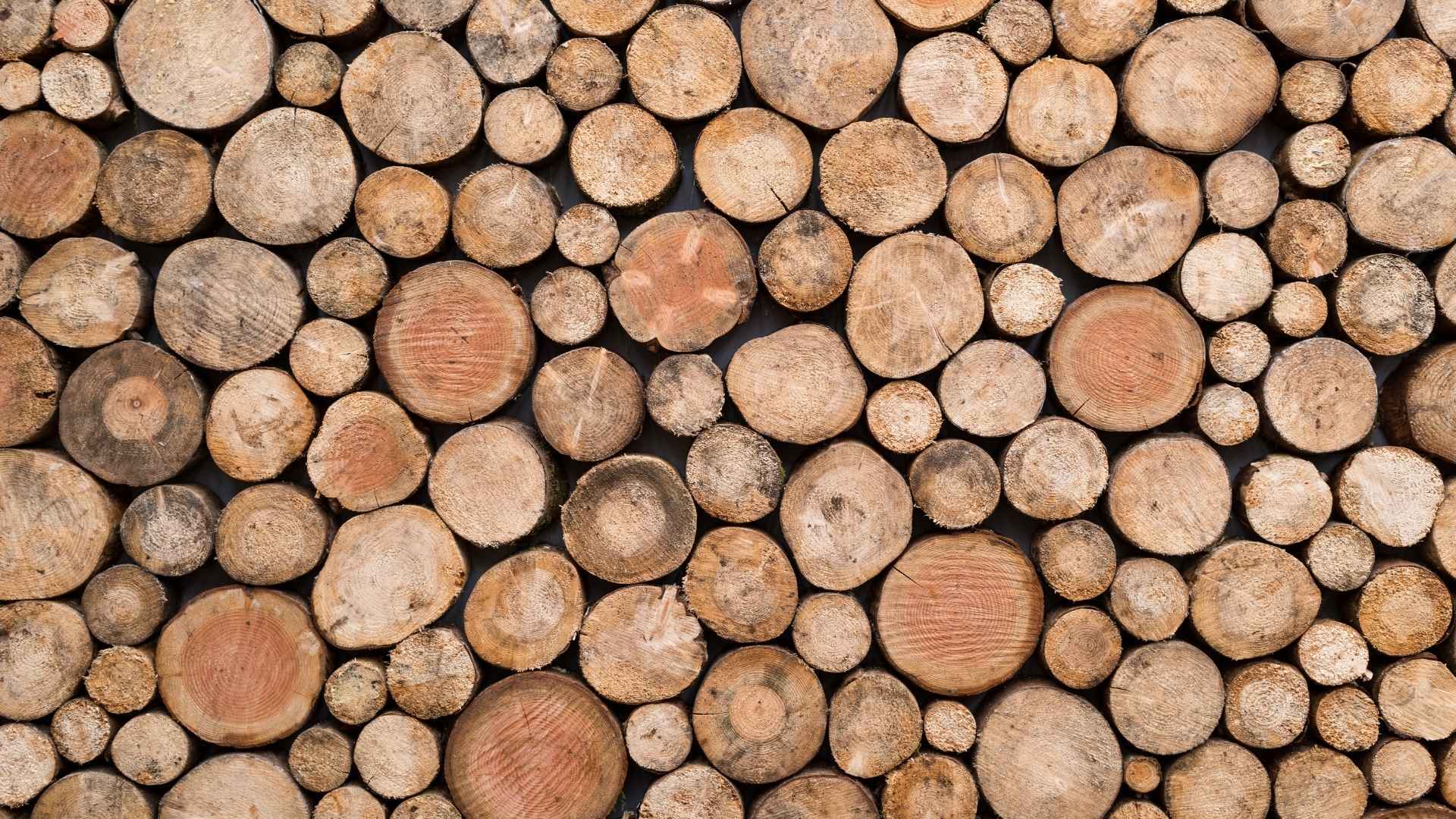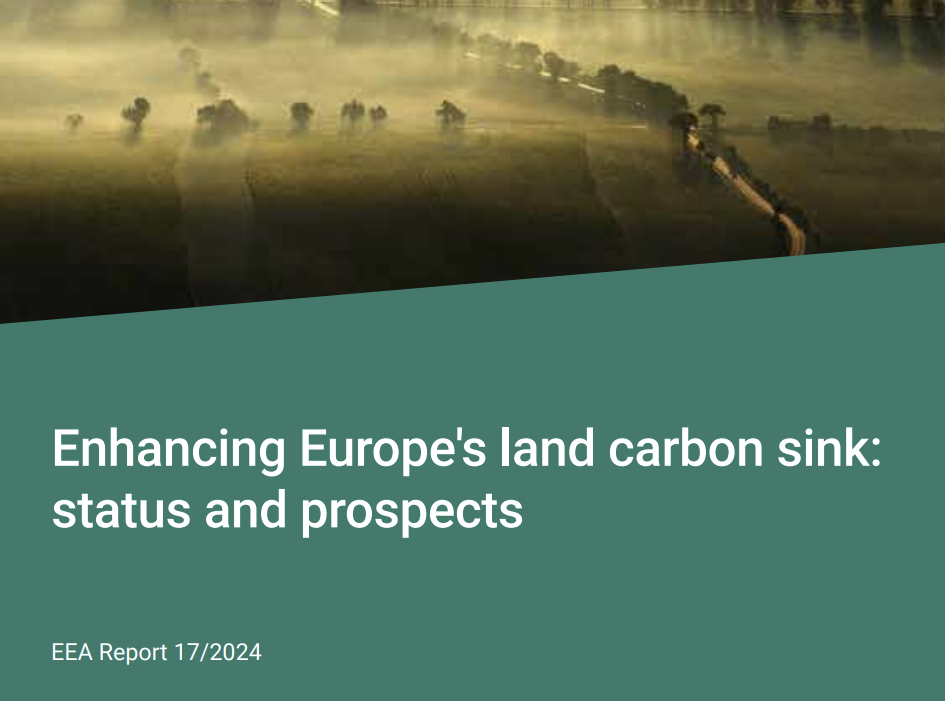Last week, IGN presented the conclusions of its report on projections of wood availability and carbon stocks and flows in the French forestry sector. This study is part of a national context targeting carbon neutrality by 2050, with the National Low-Carbon Strategy (SNBC-3) coming as a reminder of the crucial role forests play in carbon sequestration, storage in wood products, and the avoidance of GHG emissions through substitution.
This being the case, the IGN study comes to highlight that French forests are under pressure today as they suffer the consequences of climate change: the biological production of the forest is affected and tree mortality has risen sharply. In fine, although total forest stock is increasing and forests continue to mitigate the greenhouse effect by acting as a carbon sink, they are absorbing less CO2 than before.
In this context, IGN has studied different combinations of scenarios relating to the forestry-wood sector (scenarios of severity of climate change impacts, scenarios of implementation of new forest renewal plans, wood harvesting scenarios and scenarios of changes in wood demand) and provides figures for the forestry sector's climate change mitigation potential (carbon balance of the forestry-wood sector) and the quantities of wood and biomass available by 2050.
The IGN's main conclusions focus on the upstream-downstream complementarity of the sector, essential for maximizing the forest carbon balance, as well as the need to take into account the multiple issues linked to forests and wood, alongside carbon. IGN also stresses the need for the sector to adapt to climate change if forests are to continue to play their role as carbon sinks and as a lever for mitigating the consequences of climate change.
In summary, the main recommendations to the sector are:
- Invest in the most sustainable uses of wood, while improving recycling, reuse and re-employment
- Adopt forest management practices targeting the renewal of dying or vulnerable stands with species compatible with future climatic conditions
- Balance harvesting to maximize carbon storage while meeting wood demand.
- Ensure that forest management practices and timber harvesting support both climate objectives and other ecosystem services
These findings echo France Valley's forestry practices: the Company's forestry investments have both climate change mitigation and biodiversity preservation objectives.
Source : IGN




